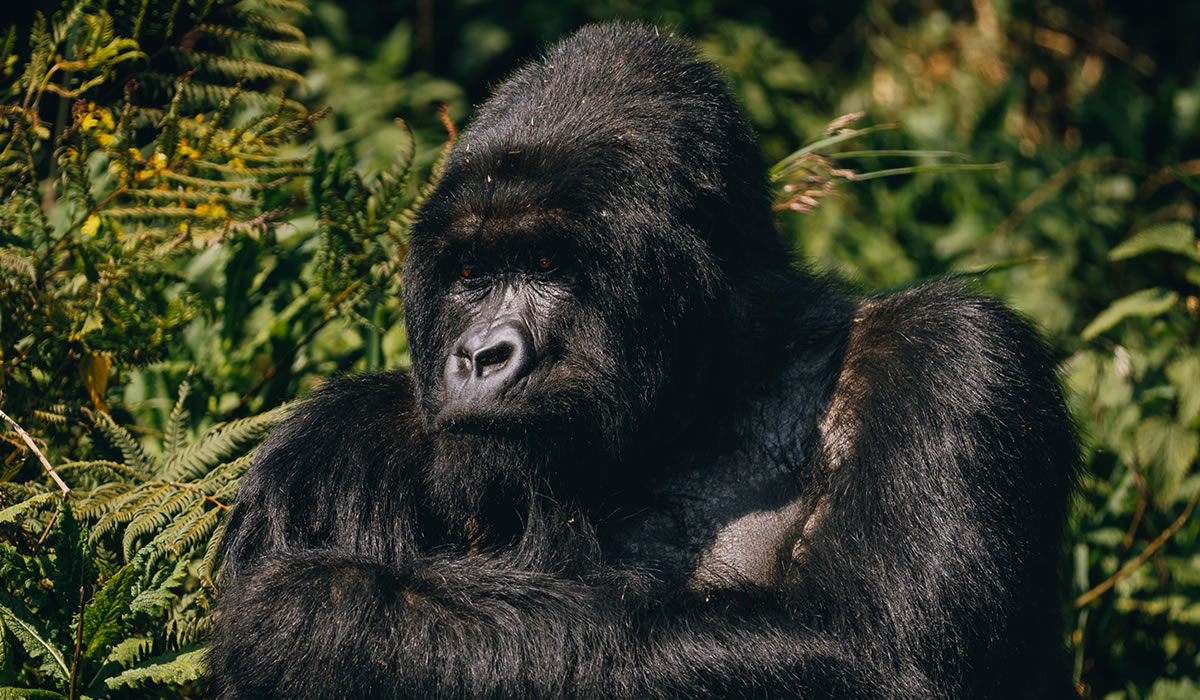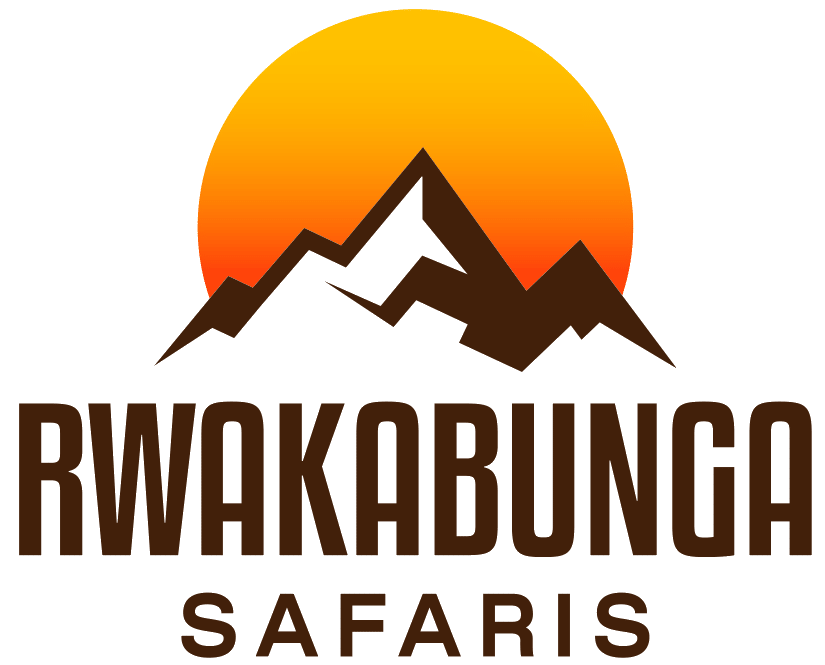Volcanoes National Park in northwestern Rwanda stands as one of Africa’s most extraordinary wildlife destinations and a global icon of conservation success. Home to the endangered mountain gorillas made famous by primatologist Dian Fossey, this 160-square-kilometer park encompasses five of the eight volcanoes in the Virunga Mountains and offers visitors a once-in-a-lifetime opportunity to trek through misty rainforests and encounter these magnificent primates in their natural habitat. Beyond gorilla trekking, the park provides diverse experiences including golden monkey tracking, volcano hiking, and cultural encounters that make it a must-visit destination for wildlife enthusiasts and adventure travellers.

Location and Geography
Volcanoes National Park is located in the Musanze District of northwestern Rwanda, approximately 105 kilometers from Kigali, the nation’s capital. The journey from Kigali takes roughly two to three hours by road, making it easily accessible for international visitors. The park sits along Rwanda’s borders with Uganda and the Democratic Republic of Congo, forming part of the greater Virunga Conservation Area that spans all three countries.
The park’s dramatic landscape is dominated by five volcanic peaks: Karisimbi (4,507 meters), Bisoke (3,711 meters), Muhabura (4,127 meters), Gahinga (3,474 meters), and Sabyinyo (3,669 meters). These majestic volcanoes, some still showing signs of volcanic activity, create a stunning backdrop of mist-shrouded peaks and lush vegetation. The terrain ranges from bamboo forests at lower elevations to alpine meadows and rocky slopes near the summits, with diverse ecosystems supporting unique flora and fauna adapted to the mountain environment.
Mountain Gorilla Trekking
Mountain gorilla trekking represents the crown jewel of Volcanoes National Park and remains one of the most sought-after wildlife experiences on the planet. Rwanda is home to approximately one-third of the world’s remaining mountain gorillas, with several habituated families residing within the park’s boundaries. These gentle giants share 98% of their DNA with humans, and observing them in their natural habitat provides an intimate and profoundly moving encounter that visitors often describe as life-changing.
Gorilla trekking adventures begin early in the morning at the park headquarters in Kinigi, where visitors receive briefing sessions about gorilla behavior, trekking etiquette, and safety protocols. Groups of up to eight visitors are assigned to specific gorilla families, accompanied by experienced guides and trackers who monitor the gorillas’ movements daily. Treks can range from one to six hours depending on the location of the gorilla family, traversing steep volcanic slopes, dense vegetation, and muddy trails. Once the gorillas are located, visitors spend a precious hour observing these remarkable creatures as they feed, play, groom each other, and care for their young.
The experience of sitting just meters away from a silverback, the dominant male weighing up to 200 kilograms or watching playful juveniles tumble through the undergrowth creates memories that last a lifetime. Rwanda’s gorilla trekking permits, while premium-priced, contribute significantly to conservation efforts and community development, making each visit an investment in the species’ survival and the wellbeing of local communities.
Golden Monkey Tracking
While mountain gorillas receive the most attention, Volcanoes National Park also protects another endangered primate: the golden monkey. These beautiful and energetic primates, distinguished by their golden-orange fur patches contrasting with black limbs and tails, inhabit the bamboo forests on the volcanic slopes. Golden monkey tracking offers a more affordable alternative to gorilla trekking while providing an equally engaging wildlife encounter.
Golden monkeys live in large troops that can number up to 100 individuals, creating dynamic viewing opportunities as they leap through bamboo canopies, forage for food, and interact socially. The tracking experience follows a similar format to gorilla trekking, with morning briefings and guided hikes through the forest. The monkeys’ playful nature and constant activity provide excellent photography opportunities, and their habituation to human presence allows for close observation. This experience is particularly popular with photographers and visitors seeking to maximize their primate encounters during their Rwanda safari.
Volcano Hiking and Adventure Activities
For adventure enthusiasts and physically fit travelers, hiking the volcanic peaks of Volcanoes National Park presents an exhilarating challenge with spectacular rewards. Mount Bisoke, one of the most popular hiking destinations, features a beautiful crater lake at its summit. The hike typically takes six to seven hours round trip, ascending through various vegetation zones and offering panoramic views of the surrounding volcanoes and landscapes. The crater lake itself, nestled at the summit, provides a stunning destination and a perfect spot for contemplation and photography.
Mount Karisimbi, the highest peak in the park and Rwanda’s tallest mountain, presents a more demanding two-day expedition requiring overnight camping near the summit. The ascent takes hikers through multiple ecological zones, from bamboo forests to alpine vegetation, with the summit offering breathtaking sunrise views across the Virunga range. This challenging trek appeals to serious hikers and mountaineers seeking to conquer one of Africa’s iconic peaks.
Other hiking options include day trips to the Dian Fossey tomb and research center, where visitors can pay respects to the legendary conservationist and learn about her groundbreaking gorilla research. The hike to her gravesite and the ruins of the Karisoke Research Center provides insights into the history of gorilla conservation and the challenges faced by early researchers.
Dian Fossey’s Legacy
No discussion of Volcanoes National Park is complete without acknowledging Dian Fossey’s profound impact on gorilla conservation. The American primatologist arrived in Rwanda in 1967 and established the Karisoke Research Center between Mount Karisimbi and Mount Bisoke. Her 18 years of groundbreaking research transformed global understanding of mountain gorilla behavior and ecology, while her fierce anti-poaching efforts helped protect these endangered primates during critical years.
Fossey’s work, documented in her book “Gorillas in the Mist” and the subsequent film, brought international attention to the mountain gorillas’ plight and helped establish gorilla tourism as a conservation tool. Though she was murdered in 1985 under circumstances that remain controversial, her legacy lives on through continued conservation efforts and the thriving gorilla populations that now inhabit the park. Visiting her tomb has become a pilgrimage for many visitors, offering a poignant reminder of the dedication required to protect endangered species.
Cultural Experiences
Volcanoes National Park’s significance extends beyond wildlife to encompass rich cultural heritage. The surrounding communities offer authentic cultural experiences that provide insights into traditional Rwandan life. The Iby’Iwacu Cultural Village, located near the park entrance, welcomes visitors to experience traditional music, dance, and customs. Former poachers-turned-guides share their transformation stories, demonstrating the positive impact of conservation-based tourism on local livelihoods.
Visitors can participate in traditional ceremonies, learn about Rwandan monarchy history, try their hand at traditional crafts, and taste local cuisine prepared using customary methods. These cultural encounters complement the wildlife experiences and provide a more holistic understanding of the region’s heritage and the interdependence between conservation and community wellbeing.
Conservation Success and Tourism Impact
Volcanoes National Park exemplifies successful conservation through tourism. The mountain gorilla population has grown from approximately 620 individuals in 1989 to over 1,000 today across the Virunga Massif, representing one of conservation’s greatest success stories. Rwanda’s high-value, low-impact tourism model ensures that gorilla trekking generates substantial revenue while minimizing ecological disturbance.
A significant portion of tourism revenue funds conservation activities, anti-poaching patrols, habitat restoration, and community development projects. Revenue-sharing programs provide direct benefits to communities living adjacent to the park, creating economic incentives for conservation and reducing human-wildlife conflict. Schools, health centers, and infrastructure improvements funded by tourism revenue have transformed local communities, demonstrating that wildlife conservation and human development can progress together.
Planning Your Visit
The best time to visit Volcanoes National Park depends on personal preferences regarding weather and trekking conditions. The dry seasons from June to September and December to February typically offer easier hiking conditions with less mud and rain, though gorilla trekking is possible year-round. The wet seasons bring lush vegetation and fewer visitors, potentially offering more intimate experiences.
Advance booking is essential, particularly for gorilla trekking permits, which should be reserved several months ahead due to high demand and limited daily availability. Most visitors base themselves in Musanze town or at lodges near the park, with accommodation options ranging from budget guesthouses to luxury eco-lodges. Professional tour operators can arrange all logistics, including permits, transportation, and accommodation, ensuring a seamless and memorable visit to this remarkable destination where conservation, adventure, and cultural heritage converge in the shadow of ancient volcanoes.

